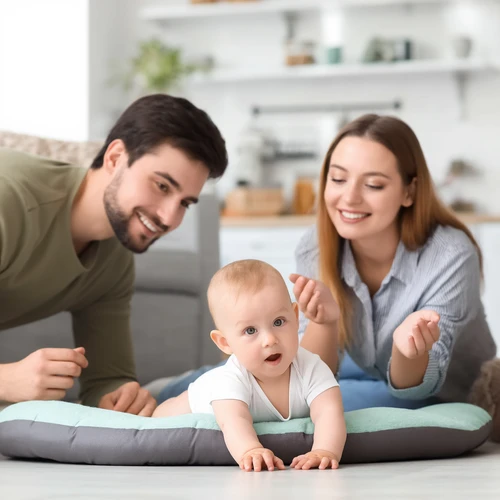Every parent wants to give their little one the safest possible start. Babyproofing your home isn’t about shooing toddlers off the carpet; it’s about creating a space where they can explore while you have peace of mind. Start by walking through each room with a keen eye for hazards and then tackling them one by one.
First, catalogue the most common risks: sharp corners, exposed cords, unsecured furniture, and hot surfaces. Think of each child’s next step—whether it’s climbing, crawling, or toddling—and make a list of items that could turn a playful moment into a potentially dangerous one.
Secure heavy furniture. Pull up bookcases, dressers, and televisions to the wall with anti-tip brackets. If you have a large wardrobe, attach a sturdy strap to keep it from turning over on its own and never place delicate items on top of heavy furniture that could fall.
Next, cover all exposed power outlets with plastic or silicone outlet covers. Simple and inexpensive, these covers eliminate the chance of a curious finger slipping inside and creating a shock hazard.
Cabinet doors that contain cleaning supplies or sharp objects should be fitted with child‑proof locks or safety latches. A discreet latch or a child‑safe padlock can keep kids from seeing past the doors while still letting you open them quickly.
Window safety is a must—install window guardrails or secure latches that prevent windows from opening beyond 1‑inch. They’re especially vital for apartments where small windows can pose a falling risk.
If you have stairs, make sure each step has a non‑slip surface. Use non‑detachable runners or adhesive strips, and place sturdy railings on both sides. For single‑story homes, a toddler board can keep little feet on track until they’re old enough to climb.
The kitchen is often the most hazardous area. Keep knives, pots, and hot liquids in drawers or cabinets that children can’t reach. Store cleaning chemicals on high shelves and consider a child‑proof cabinet lock for extra protection.
Bath time can be a nightmare if surfaces aren’t smooth. Place a soft non‑slip mat inside the tub, keep the bathtub fill at a safe temperature, and never leave a child unattended, even for a moment. Keep toilet lids closed or put a toilet safety cap on the toilet to stop accidental falls.
Soft floor mats in high‑traffic areas catch falling limbs and reduce head trauma for babies who are still mastering balance. Pick rubber or foam mats that are easy to clean and do not slip underfoot.
For constant vigilance, consider devices like baby monitors or door alarms that alert you when a child crosses a threshold. Keep a list of all entry points and ensure that the alarms are properly installed.
Babyproofing isn’t a one‑time chore; it’s a living practice. As your child grows, revisit each room, look for new hazards (like higher shelves or new toys), and adjust the safety measures accordingly.
Ultimately, a babyproofed home lets you confidently watch your child explore, learn, and grow. By combining smart furniture placement, outlet protection, and thoughtful décor, you transform your house into a nurturing environment where safety and adventure go hand in hand.


